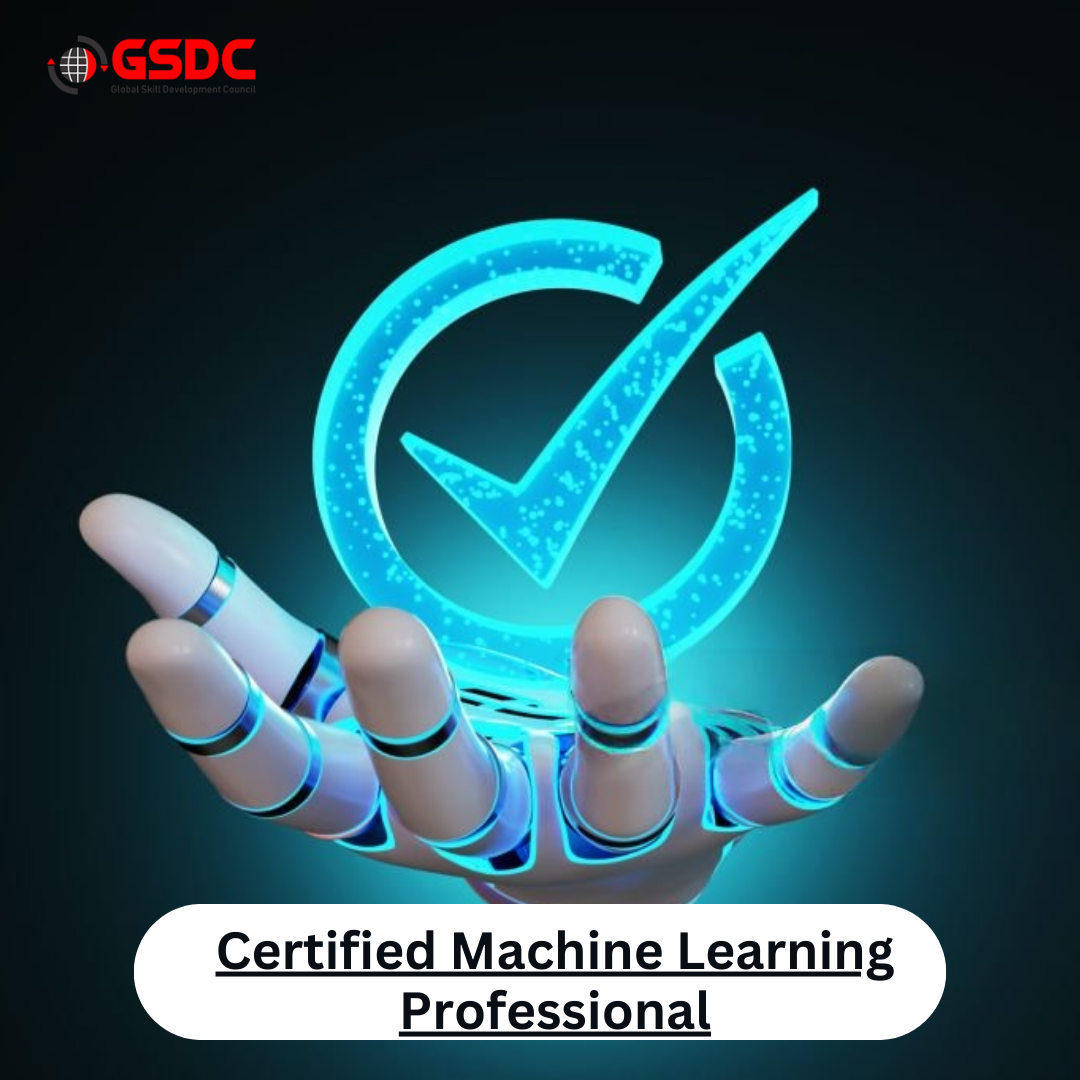
Impact of Machine Learning
Machine learning has made significant advancements in various industries, revolutionizing the way businesses operate. One area where machine learning has had a profound impact is document processing. Organizations across the globe are now embracing machine learning OCR (Optical Character Recognition) technology to streamline their document processing workflows. This innovative solution has transformed the way businesses handle massive amounts of paperwork, making it faster, more accurate, and cost-effective.
Automation in Document Processing
Document processing is an essential task for many businesses, involving the extraction of information from various documents such as invoices, receipts, contracts, and forms. Traditionally, this process relied heavily on manual labor, which was not only time-consuming but also prone to errors. However, with the advent of machine learning OCR, automation has become the answer to the challenges faced by organizations in this domain.
By leveraging machine learning and artificial intelligence algorithms, OCR technology can accurately extract text and data from documents, eliminating the need for manual data entry. This not only reduces the risk of human error but also frees up valuable time for employees to focus on more strategic tasks. The automation of document processing has proven to be a game-changer for businesses of all sizes, allowing them to streamline their operations, increase productivity, and improve overall efficiency.
Machine Learning OCR
Machine learning OCR, also known as intelligent character recognition (ICR), is a technology that uses machine learning algorithms to recognize and interpret text and characters from scanned or digital documents. Unlike traditional OCR systems, which relied on predefined rules and templates, machine learning OCR has the ability to learn from vast amounts of data and improve its accuracy over time.
This technology works by training the machine learning model on a large dataset of labeled documents. The model learns to recognize different fonts, styles, and layouts, enabling it to identify and extract text accurately, even from complex documents. As the model continues to learn from new data, it becomes increasingly proficient in handling different types of documents, making it a highly adaptable solution for various industries.
Machine learning OCR offers numerous benefits over traditional OCR systems. Firstly, it is more accurate, significantly reducing the rate of errors in the document processing workflow. This improved accuracy translates into higher data quality and more reliable insights for businesses. Additionally, machine learning OCR is capable of handling a wide range of document formats, including handwritten text, invoices, receipts, and contracts, making it a versatile tool for organizations across different sectors.
The Future of Document Processing
The adoption of machine learning OCR technology is expected to continue to grow rapidly in the coming years. As businesses strive to become more efficient, reduce costs, and improve data accuracy, the demand for automated document processing solutions is on the rise. Machine learning OCR offers a scalable and customizable solution that can be tailored to the specific needs of each organization, making it an ideal choice for businesses looking to optimize their document processing workflows.
In addition to increased accuracy and efficiency, machine learning OCR also enables businesses to unlock valuable insights from their data. By extracting and analyzing information from documents, organizations can gain a deeper understanding of their operations, customer behavior, and market trends. This information can then be used to make data-driven decisions, improve business processes, and drive innovation.
Furthermore, the future of document processing lies in the integration of machine learning OCR with other emerging technologies. For example, the combination of machine learning OCR with natural language processing (NLP) allows organizations to not only extract information but also understand the context and sentiment behind the text. This opens up new possibilities for sentiment analysis, customer feedback analysis, and automated response generation.
Another area where machine learning OCR is expected to make significant advancements is in the field of security and compliance. By automating document processing, businesses can ensure that sensitive information is handled securely and in accordance with regulatory requirements. Machine learning OCR can detect and flag potential compliance issues, helping organizations mitigate risk and maintain data privacy.
In conclusion, machine learning OCR has revolutionized the way businesses process documents, offering unprecedented efficiency, accuracy, and insights. As organizations continue to embrace automation and digital transformation, the adoption of machine learning OCR is set to increase rapidly. With its ability to handle diverse document formats, learn from new data, and integrate with other technologies, machine learning OCR is undoubtedly the future of document processing.































